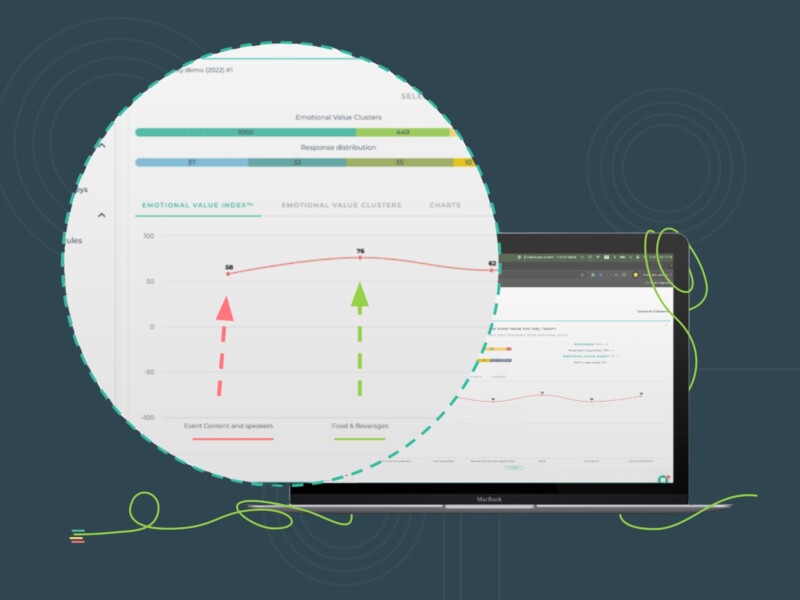In this age of convenience, customers demand a lot more agility from brands than before, and omnichannel customer experience is one of them. It is a term that got increasingly popular ever since e-commerce disrupted the traditional market. But, it wasn’t until a decade ago that it became a necessary strategy for every business, and it was fuelled by the increase in digital channels available for customers to connect with a brand.
A study by Harvard Business Review shows that the majority of customers prefer to use multiple channels in their buying journey, and omnichannel clients tend to spend more than others!
What is omnichannel experience in CX and why it matters
Omnichannel experience is the unification of all customer touchpoints that happen across different channels in the buying journey. Streamlining customer interactions this way helps buyers use a variety of channels to engage with the business very easily. For example, they can use the website to browse the product, make an inquiry on social media, and purchase the product in-store.
A brand optimized for omnichannel experience will have integrated the touchpoints in such a way that customers don’t feel a drop or difference in the quality of the experience when they switch from one channel to the other. The consistency and seamlessness delivered can influence many factors like retention, loyalty, and basket size. So, how can you improve the omnichannel experience for your clients? Here are some tips!
Identify the key touchpoints
The first step is to identify the most popular and important touchpoints in each phase of the customer journey. Some of the key touchpoints for a brand that maintains both an online and offline presence are retail stores, websites, phone calls, text messaging, social media, chatbots, and newsletters.
Then, identify the pain points customers face at these touchpoints that hinder the quality of experience. Recognize the root causes of prominent issues and fix them. Customer reviews and feedback collected through surveys can also help you determine the gaps in customer expectations and the brand’s delivery. They should be improved too.
The key is to focus on the common touchpoints customers choose when they shift from one channel to another and make the route(s) they take as smooth as possible with minimum disruptions.
Invest in the right technology
An omnichannel experience is not possible without technology. So, if you truly want to provide an effortless and amazing customer experience, you have to utilize the appropriate technology.
Customers should be able to connect and engage with your brand through different communication channels. For this, you need to understand your targeted customer base effectively and give them adequate options to get in touch with your customer support team. Some channels include mobile apps, chatbots, social media platforms, email, QR, and customer hotlines.
An integral aspect of the omnichannel experience is integrating all these communication channels into one platform to have all the data in one place. It helps your employees to access past customer information quickly and provide a seamless experience to clients. It also improves the responsiveness of your brand.
Measure the experience routinely
The only way to find out if your efforts in creating an omnichannel experience are working is to analyze the quality of customer touchpoints from time to time. For this, you can gather customer feedback on interactions that happen across different channels. There’s a range of CX metrics you can use for this purpose, like EVI®, NPS, CES, and C-SAT.
Customer emotions, specifically, are a key indicator of the efficacy of omnichannel experience. You can use EVI® to gauge how customers feel about your brand and the quality of experiences offered. A seamlessly integrated omnichannel experience is more likely to evoke positive emotions because customers will enjoy doing business with you.
Survey data will give you useful insights into customer experience and the pitfalls customers face when transitioning from one channel to the other. You can use the data to tweak and improve the overall buying journey.




